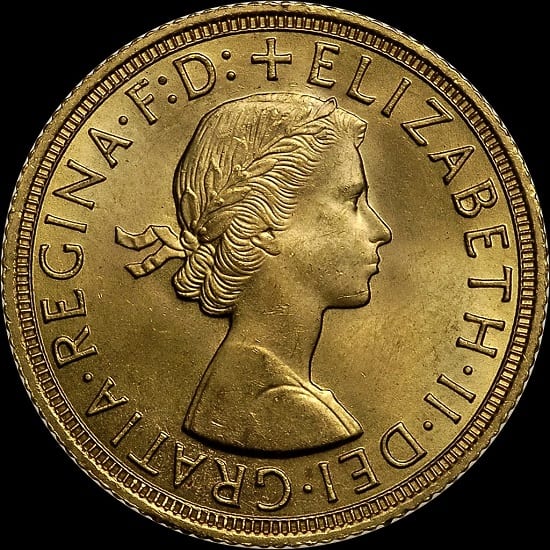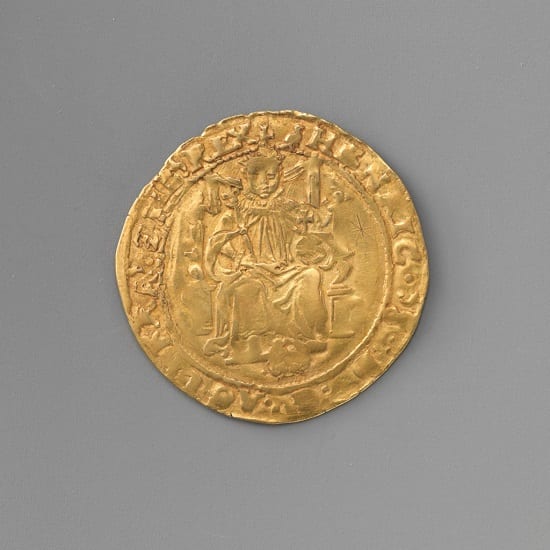What are Gold Sovereign Coins?
16/07/2020Daniel Fisher
Free & fully insured UK Delivery. Learn more
Secure & flexible payments. Learn more

Buyback Guarantee Learn more
Sovereign coins are 22 carat UK gold coins issued by The Royal Mint since 1817. With a face value of £1, they were initially circulated but are now popular amongst investors and collectors. The coin is minted by the Royal Mint, as a bullion coin and some designs of the coin are released in limited numbers. This is one aspect of the gold Sovereign that elicits healthy interest from investors and numismatists alike. The gold Sovereign enjoys a reputation of being one of the most liquid coins in the world.
Investment in these coins is widely regarded as safe and secure, and can also be used as a strategy to create diversification within a traditional investment portfolio, creating a good balance of paper asset classes and physical assets like gold and silver. Due to the scarcity of certain issues of the gold sovereign, the coin may attract high premiums. Their value can rise with the price of gold and also with their scarcity and antiquity. The gold Sovereign provides investors with plenty of options since this iconic British coin has been around for more than 200 years.

A 1959 Queen Elizabeth II gold Sovereign
The earliest version of the gold Sovereign was issued in 1489 and is popularly known as the English Gold Sovereign. Today, this is extremely rare to find and it can fetch very high premiums due to its demand and scarcity. These coins were around until 1604. The weighed half a Troy ounce and was originally minted with 23-carat gold. During the reign of King Henry VIII, the gold content was reduced to 22 carats. Years later, during the Great Recoinage of 1816, the gold Sovereign was reintroduced in 1817, effectively replacing the original English Sovereign. By this time, the Coin Act had come into place and stringent technical specifications were introduced for the new Sovereigns, which are followed even today. The gold Sovereign was in circulation until 1932 and has since been released as a bullion coin.
Between 1817 and 1917 – a period of hundred years, the gold Sovereign was minted in the UK. However, mintage was shared with other reputed mints across the British Empire after 1917. The new production of the Sovereign was distributed across Canada, Australia and South Africa. By 1957, colonial rule had ended across the world and the Sovereign was once again minted exclusively by the Royal Mint till 2013.
Since then, the Royal Mint has inked a deal with MMTC-PAMP, a company based in India to share mintage of the gold sovereigns. This move was undertaken primarily due to the high demand for gold products in Asia. Although the production has been partly outsourced, strict quality controls continue to be in place and the Sovereigns produced in India are identical to the ones minted in the Welsh-based Royal Mint. The only difference is that the ones produced overseas bear a special ‘I’ mark.

A rare half-sovereign of King Henry VIII
Gold Sovereigns are manufactured using investment-grade gold. Therefore, they enjoy VAT free status in the UK. Since the coins are considered legal tender in the country, they are also free from capital gains tax. Any gains are tax-free.
At Physical Gold, we have gold investment experts who can offer impartial advice on investments in gold coins, especially iconic ones like the gold Sovereign. Please call us today on (020) 7060 9992 or get in touch with us online by dropping us an email
Image credit: Wikimedia Commons and Metropolitan Museum of Art
Live Gold Spot Price in Sterling. Gold is one of the densest of all metals. It is a good conductor of heat and electricity. It is also soft and the most malleable and ductile of the elements; an ounce (31.1 grams; gold is weighed in troy ounces) can be beaten out to 187 square feet (about 17 square metres) in extremely thin sheets called gold leaf.
Live Silver Spot Price in Sterling. Silver (Ag), chemical element, a white lustrous metal valued for its decorative beauty and electrical conductivity. Silver is located in Group 11 (Ib) and Period 5 of the periodic table, between copper (Period 4) and gold (Period 6), and its physical and chemical properties are intermediate between those two metals.